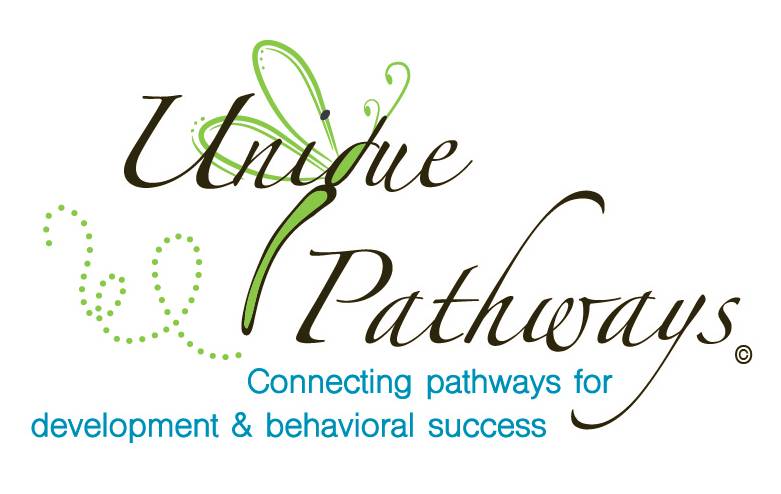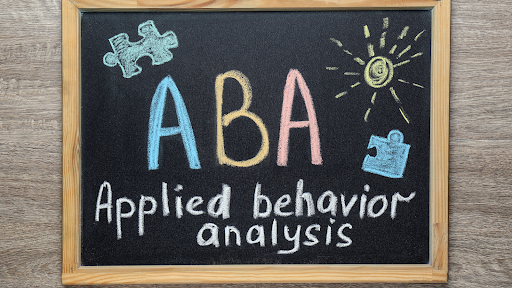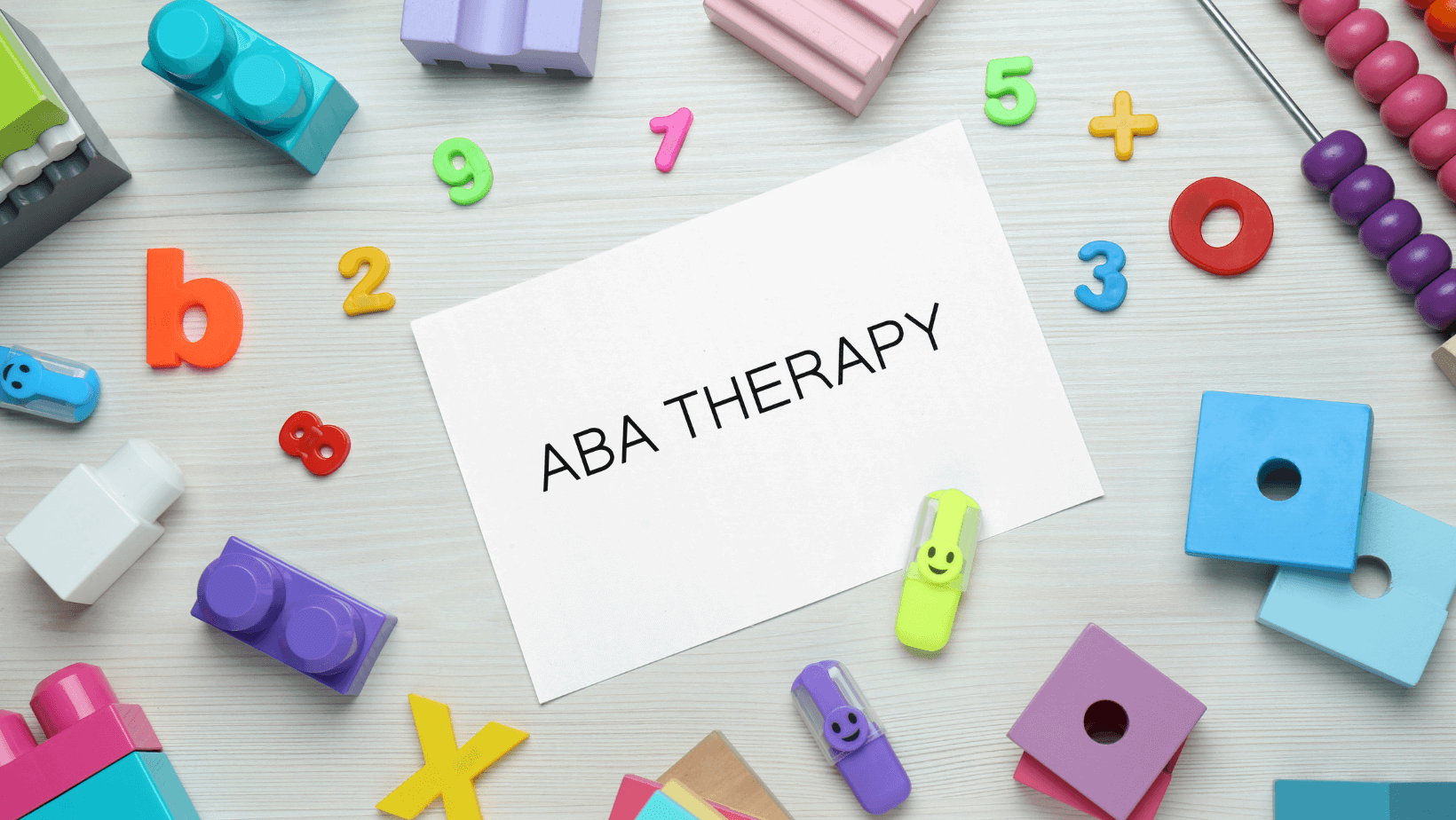When we talk about the education journey for kids with autism, things can get a bit complex. But there’s hope and a clear path forward with tools like Applied Behavior Analysis (ABA) therapy, Individualized Education Programs (IEP), and 504 Plans. Let’s unpack how these elements work together to create an environment where students with autism can thrive, not just in school, but in life too.
What is ABA therapy and what does it include? ABA therapy, or Applied Behavior Analysis, is a therapy-based approach grounded in the science of learning and behavior. It plays a crucial role in autism education by focusing on improving specific behaviors, such as enhancing social skills, communication, reading, and adaptive learning skills, including fine motor dexterity, hygiene, grooming, domestic capabilities, and punctuality.
ABA therapy isn’t just about altering behaviors. It’s about setting the foundation for children with autism to navigate social interactions, enhance their academic skills, and become more self-reliant. By using techniques like positive reinforcement and behavior analysis, children learn to replace negative behaviors with positive ones, improve their social and communication skills, and build upon their strengths. Think of it as building a bridge to help kids cross over obstacles in their path.
Understanding Autism: Overview and Challenges
Autism Spectrum Disorder is a complex developmental condition that involves persistent challenges in social interaction, speech and nonverbal communication, and restricted/repetitive behaviors. No two people with autism are exactly the same, which means everyone needs a bit of a customized approach when it comes to learning and growing.
Children with autism often face hurdles beyond academic difficulties. From figuring out how to make friends to expressing what they need or feeling overwhelmed by too much noise, there are a bunch of things that can make the world a challenging place.
Such challenges necessitate a learning environment that not only addresses academic needs but also fosters growth in communication, social skills, and self-help skills, ensuring a holistic approach to education.
The Role of IEP and 504 Plans in Supporting Students with Autism

Understanding Individualized Education Programs (IEP)
An Individualized Education Program (IEP) is more than a document—it’s a comprehensive plan designed to meet the unique educational needs of a child with autism, ensuring they receive special education services tailored to their specific goals. Created by a team, including teachers, school psychologists, therapists, and family members, an IEP outlines the objectives for a child’s learning, detailing the special support they require.
It covers various aspects, from academic goals to social skills enhancement and behavioral strategies, ensuring that every child has the necessary tools and resources to achieve meaningful progress.
Exploring Section 504 Plans: Accommodations and Support
Similar to an IEP, a Section 504 plan offers accommodations and support tailored to a student’s unique needs stemming from their disability, yet with a key distinction. It ensures that students receive necessary services through general education programs, aiming to level the playing field in the general education curriculum.
Whether it’s modifying homework assignments, allowing extra time on tests, or making physical modifications to the classroom, a 504 Plan ensures students with autism have the accommodations they need to thrive in a traditional learning environment.
Intersection of ABA Therapy with IEP and 504 Plans
Integrating ABA therapy with IEP objectives ensures a cohesive approach to education and personal development. ABA therapy, known for its emphasis on improving specific behaviors and social skills, complements IEP goals by providing evidence-based strategies tailored to the student’s needs. This alignment enhances the effectiveness of educational plans, promoting progress in both academic and social domains.
And what about 504 Plans? These plans make sure the school environment is set up for success, and by weaving ABA techniques into the mix, students with autism can get that push they need. It could be something as simple as using a visual schedule to help a student transition between activities, a strategy straight out of the ABA playbook that can make a big difference.
Creating Effective IEP Goals for Autism
Creating IEP goals for students with autism isn’t just about hitting academic milestones. These goals should be SMART: Specific, Measurable, Achievable, Relevant, and Time-bound. They should also focus on areas like social behaviors, problem solving skills, cognitive skills and independence. A meaningful IEP goal considers the child’s unique needs and how they can make progress in their own way.
Every child on the autism spectrum is unique, so their IEP goals should be too. Tailoring these goals means really digging into what each student needs to succeed. For one child, it might be about learning to ask for help when they’re stuck on a task. For another, it could be about participating in group activities without feeling overwhelmed. It’s all about finding what works for each student and helping them grow from there.
Implementing ABA Therapy in the School System
Integrating ABA into the classroom isn’t a one-size-fits-all approach. It’s about using ABA principles, like positive reinforcement and structured teaching, in ways that benefit all students, not just those with autism. Teachers can use these strategies to create a supportive learning environment that encourages students to engage and succeed, whether it’s through group rewards for teamwork or individual praise for a job well done.
Collaboration Between ABA Therapists and School Staff
The key to making all this work? Collaboration. ABA therapists, a board certified behavior analyst and school staff joining forces can create a powerful support network for students with autism. This team can share insights, strategies for alternative communication methods, and updates to ensure that everyone is on the same page and working toward the same goals. It’s about building bridges, understanding each child’s needs, and creating a community of support that surrounds each student with the encouragement and resources they need for academic success.
ABA Therapy Techniques for Addressing IEP Objectives
ABA isn’t just about managing behaviors; it’s a multifaceted approach that can significantly impact learning and development for kids with autism. Here’s how ABA techniques align with meeting IEP objectives:
Behavioral Strategies for Skill Acquisition
-
Task Analysis: Breaking down complex skills into smaller, manageable steps. This can be anything from learning to tie shoes to completing a math problem.
-
Chaining: Teaching each step of a task in sequence, ensuring the student can perform each step before introducing the next. This is great for tasks that need to be done in a specific order.
-
Prompting: Using cues or assistance to encourage the correct response, then gradually reducing these prompts as the student gains independence.
-
Discrete Trial Training (DTT): A structured method of teaching that involves a clear start and end, which is excellent for teaching new skills.
-
Positive Reinforcement: Rewarding desired behaviors or skills to encourage their recurrence. This could be verbal praise, a favorite activity, or small rewards.

Addressing Social and Communication Goals through ABA
For students with autism, mastering social and communication skills is just as crucial as academic achievements. ABA therapy plays a pivotal role here by employing strategies tailored to enhance these areas.
Social skills groups, for instance, offer a structured setting where students can engage in and practice social interactions, helping them to build confidence and understand social cues in a supportive environment. Scripting and role-playing become key tools in teaching appropriate verbal and non-verbal communication, providing students with a blueprint for various social scenarios.
Tracking Progress: Data Collection and Analysis in ABA Therapy
In ABA therapy, the emphasis on data-based decision-making cannot be overstated. This rigorous approach ensures that interventions are not just implemented but are effective and tailored to the student’s evolving needs. Collecting data on a student’s progress allows therapists and educators to make informed decisions, adjusting strategies as necessary to maximize learning outcomes.
Various tools and methods are utilized for this purpose, including direct observation and recording of behaviors, skills assessments, and the use of software applications designed for tracking progress. This continuous loop of assessment, implementation, and readjustment helps to ensure that each student’s educational journey is as effective and rewarding as possible.
Overcoming Challenges: ABA Therapy in the School Environment
Implementing ABA therapy in schools comes with its set of challenges, including resource constraints and the need for staff training. Many schools struggle with limited budgets that can make it difficult to provide comprehensive ABA services or to train school staff adequately in ABA techniques. Addressing these resource constraints often requires creative problem-solving, such as seeking grants or community partnerships to fund ABA programs or training sessions.
Moreover, resistance and misconceptions about ABA therapy can sometimes emerge within school communities. Some may view ABA as too rigid or not suited for educational environments, necessitating open dialogue and education about ABA’s benefits and flexibility.
Overcoming these challenges involves ongoing communication, showcasing the success stories of ABA in education, and highlighting the transformative impact it can have on students with autism.
Inclusive Education: ABA Therapy’s Impact on Classroom Dynamics
In the landscape of inclusive education, ABA therapy shines as a beacon of hope, transforming classrooms into environments where diversity is not just accepted but celebrated. By integrating ABA strategies, educators can create learning spaces that cater to the needs of students with autism, ensuring they are not sidelined but are active, valued members of the classroom community. This approach fosters a culture of inclusivity, where differences are acknowledged and accommodations are made to support every student’s learning journey.
Moreover, ABA therapy plays a pivotal role in promoting peer interaction and understanding. Through targeted social skills training and group activities designed with ABA principles, students with autism are encouraged to engage with their peers, fostering friendships and mutual respect.
Conclusion: Empowering Individuals with Autism Through ABA Therapy and Education
As we’ve journeyed through the interplay of ABA therapy, IEP, and 504 Plans in the context of autism education, it’s clear that these elements form a powerful triad for empowering students with autism. From tailoring education plans to meet individual needs, to integrating ABA techniques in classrooms, and overcoming challenges in implementation, the goal is unified: to support the growth and development of individuals with autism.
This collaborative approach not only uplifts students with autism but also enriches the educational environment for all, creating a more inclusive and understanding community. It’s a reminder that when we come together, equipped with the right strategies and a heart for inclusion, every child has the opportunity to thrive.









